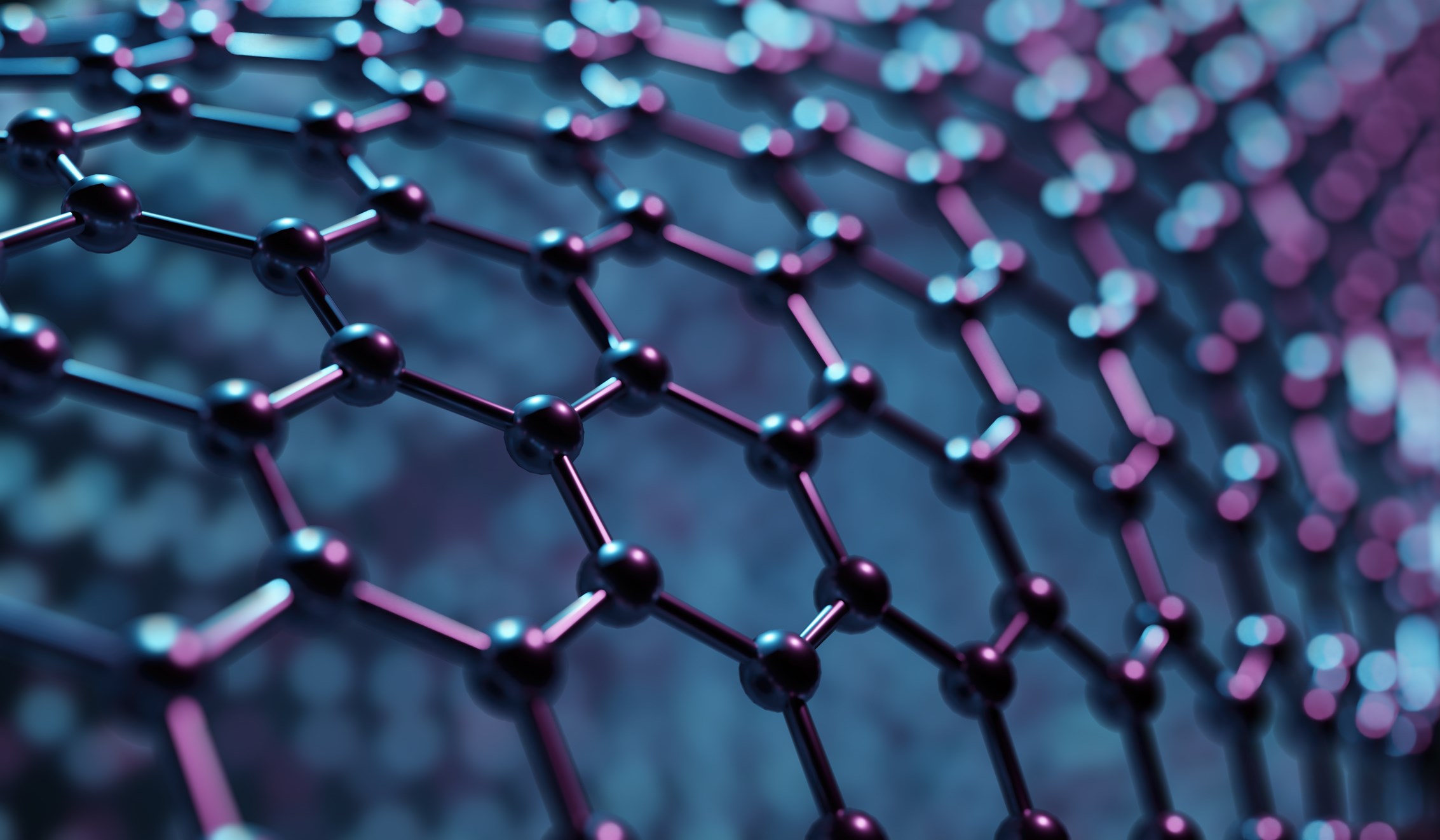The Henry Royce Institute and the World Economic Forum have drawn attention to the need for us to accelerate the development of advanced materials, including 2D materials.
This is particularly timely as decades-plus development cycles simply can’t satisfy our need to meet, for example, the increasingly dramatic demand to achieve net-zero carbon emissions before it’s too late.
HOW CAN AI IMPROVE AND ACCELERATE THE DEVELOPMENT OF 2D MATERIALS?
To meet this demand, digital technology solutions that enable faster advanced materials innovation are continuing to emerge. These include the development of artificial intelligence (AI) systems to design and/or screen for promising next-generation materials.
A diverse range of technologies stand to benefit from such developments, including cleantech (e.g., batteries, carbon capture and storage, fuel cells, solar energy conversion and thermoelectrics), displays, drug discovery and vaccine development.
IMPROVING GRAPHENE PROCESSING
As a first example, scientists at Rice University are using machine-learning techniques to streamline the process of synthesizing graphene from waste feedstock through flash Joule heating.
Discovered two years ago at Rice University, flash Joule heating involves heating a source material with a short burst of high energy to eliminate all but the desired product. The extraction of other materials, such as metals from urban waste, also stands to benefit from this technique.
While the underlying method is the same for all materials, the details, of course, vary from material to material. Since flash Joule heating takes place in the milliseconds time regime, extracting the details of the process in-situ is challenging.
To overcome this challenge, the scientists used a custom optimization model to improve graphene crystallization from four starting materials - carbon black, plastic pyrolysis ash, pyrolyzed rubber tires and coke - using Raman spectroscopy to characterize the starting materials and graphene end products.
The scientists then input over 20,000 spectroscopy results to the model to allow it to predict which starting materials would provide the best yield of graphene. The model also accounted for the effects of charge density, sample mass and material type.
As described by the team:
“[A] practical application of the ML models is shown by using Bayesian meta-learning algorithms to automatically improve bulk crystallinity over many Joule heating reactions. These results illustrate the power of ML as a tool to analyze complex nanomanufacturing processes and enable the synthesis of 2D crystals with desirable properties by flash Joule heating.”
The scientists’ work is published in Advanced Materials.
BANDGAP DISCOVERY OF NOVEL VAN DER WAALS HETEROSTRUCTURES
As a second example, an international collaboration of researchers recently used active machine learning with Bayesian neural network (BNN) models to robustly predict the bandgaps of over 2 million 2D-material heterostructures.
In this work, an active machine learning model was built to identify simulated 2D-heterostructures for which the BNN models made poor predictions (large deviations) of bandgap values. These simulated bilayers were subsequently fed back to the next iteration of BNN model training, thereby accelerating model convergence towards improved predictions (lower deviations).
In providing robust predictions, the researchers’ work facilitates the experimental validation of 2D-material heterostructures whose bandgaps are ideal for a particular application, such as photovoltaics.
HOW CAN YOU PROTECT AI IN THE DEVELOPMENT OF ADVANCED MATERIALS?
The pace of innovation at the interface between AI and advanced materials is unlikely to slow soon: patenting AI has seen a striking increase since 2013; and the drive for advanced materials that are cleaner, greener and optimised for a target purpose continues unabated.
For academics and businesses working at this interface, IP rights are key to protecting innovation from competitors, obtaining exclusivity in commercial markets, and securing investment for future work. Questions such as:
- what IP rights are available for my innovation?
- can I patent an AI system and its outputs, digital and real?
- who owns the outputs of an AI system?
are pertinent to protecting innovations in the crossover between advanced materials and digital technology, which our specialist advanced materials team is well-placed to handle.
An introduction to Potter Clarkson’s full-service IP offerings and alignment to the graphene sector can be found here. For specific queries about how IP can help you create commercial value from your advanced materials innovation, please contact Jason Teng.







